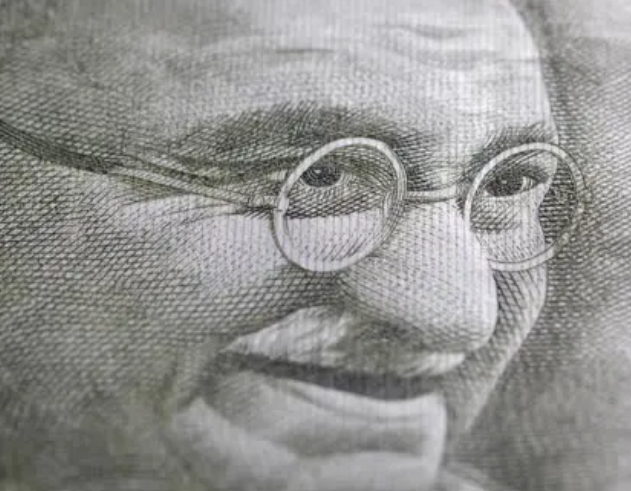Mahatma Gandhi – The Father of Nation
Mohandas Karamchand Gandhi was born on October 2, 1869, in a place called Porbandar in Gujarat, India, Gandhi studied law in London. He went to South Africa to work as a lawyer. While in South Africa Gandhi found that the rulers of that country were treating the natives and the Indians settled there badly. Being a man of great courage and determination, he fought for their rights for over 20 years.
Guide to the Path of Ahimsa
After that when he returned to India he continued his struggle for the cause of the weak and the oppressed of India. He also joined the freedom struggle against the British Rule in India which was then exploiting the people and resources of this country. He practiced Ahimsa (non-violence) and Satyagraha (policy of sticking to truth, come what may) in these fights of his. People were attracted towards his peaceful methods of fighting and they started joining him in large numbers from all across India. Soon Gandhiji turned into a great leader of the Indian National Congress.
Gandhiji and Indian Independence
Gandhiji ran his first civil disobedience campaign for India’s freedom from 1919 to 1922. In 1930, he led the salt Satyagraha, a 320 km symbolic march to the sea to collect salt. Gandhiji started the Quit India Movement in 1942 against the British. Time and again he was arrested and imprisoned. Even from the jail he used to continue his efforts for the freedom of India and he was called as the Father of India.
Finally, the British gave India its independence in 1947. But Gandhiji was deeply hurt that India was divided on the basis of religion into India and Pakistan. He tried to stop the Hindu-Muslim conflict that intensified in Bengal. For that, in 1948, he was shot dead by a fanatic named Nathuram Godse.
Gandhiji believed in simple living and high thinking. His wife, Kasturba Gandhi was a great support to him in all his activities. He always fought to maintain peace, cooperation and communal harmony, and for the rights of marginalized people. Even today he is an inspiration to thousands of people all over the world. His autobiography is titled, ‘The Story of My Experiments with Truth’.





